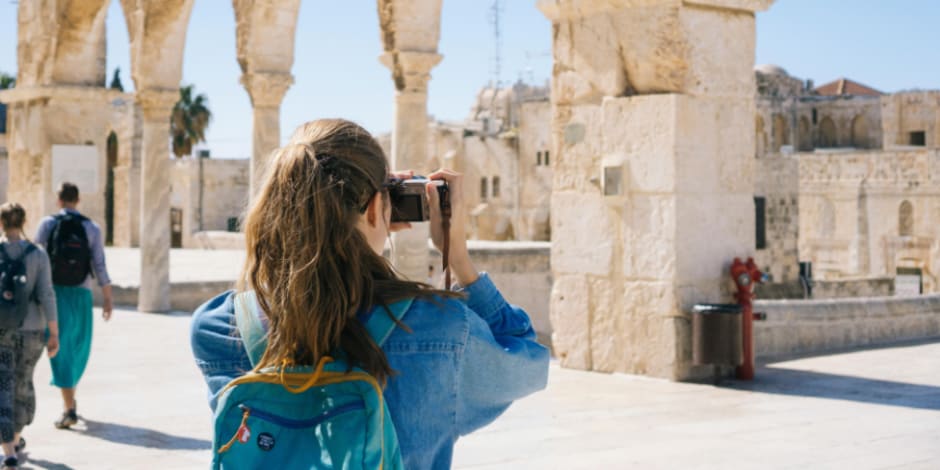Insight of the Month: Where is the travel sector rebound coming from?
Written by Alfie Staples on 4 minute read
Kicking off a monthly series where we take a closer look at trends occurring across the Awin platform, our first edition explores the rebounding travel sector.

January’s travel peak is definitively back. The impact of the pandemic hurt travel more than almost any other industry with flights grounded and holiday destinations locked behind closed doors.
Last year saw the travel sector finally begin to look like its old self with the traditional bookings peak in January beginning to re-emerge. But with the share of bookings close to 10% in January 2024, we can accept that old habits have firmly kicked back in as holidaymakers get their bookings in at the earliest opportunity.
Looking closer at where that sales growth is coming from within travel, we can see that airlines saw the biggest performance increase. Sales were up almost 30% year over year at Awin mirroring the fact that IATA have declared 2024 will be a record-breaking year for airline passengers.
Forecasting ahead to how travel may perform across the rest of the year on the Awin platform, we’ve used Google trends data for the travel sector in combination with our own historic sales volume trends to indicate how consumer demand may fluctuate through the year.
Where are travel brands investing their budget?
Consumer demand may have already returned but a closer look at where travel brands are investing their ad spend reveals more about the sector’s current performance.
Looking at a combination of commission and tenancy payments from travel brands over the course of Q4 2023 and Q1 2024 so far highlights specific subsectors where there has been sizable growth in spend vs the same periods the previous year.

Coaches, Attractions and Travel Agencies have also all seen significant investment across both periods too, and we can see in comparison to other major sectors outside of travel how much these areas are seeing relative growth in ad spend.
Fashion and the Electronics verticals have seen healthy increases, but they pale in comparison to much of the travel sector, while Health & Beauty has hit a relative snag in its own ad spend levels at the beginning of 2024.
Influencers matter when it comes to experiences
Considering specifically where that extra ad spend is going in the travel sector, we can see that influencers are all the rage. Influencer activity has been growing steadily in travel for some time as it increasingly establishes itself as a key tactic within affiliate.
With more than 20,000 influencers joining the Awin platform last year and influencers cited as a key priority for marketers more generally in our recent Forrester research, it’s no surprise to learn that this is a growing trend within the travel space.
However, understanding which travel sub-sectors are seeing the most growth in terms of influencer activity is perhaps more revealing.
The chart below illustrates the share of sales from influencers over the last 12 months in two key travel sub-verticals; Accommodation and Experiences (a mix of Attractions, Trains and Coaches).
While brands in the Accommodation space have seen a fairly flat share of sales via influencer partners, those in the Experiences space have skyrocketed over the last 12 months. Sales from influencers promoting these brands have grown from just over a 1% share to over 6% in January this year.
A combination of factors may be at play here. Influencer audiences tend to be younger generally. StudentUniverse’s recent Student & Youth Travel Report highlighted how 60% of its 4,000 respondents cited TikTok as their primary source of inspiration for travel. And for those that are getting away the appeal of partying and clubbing (21%) is subsiding in favour of sightseeing and city activities (70%), which may explain the popularity of Attractions. Add to that the increasingly eco-conscious mindset of many young travellers with 13% refusing to use airlines and the rise of sales for Coach and Trains as a mode of transport for sales via influencers.
The travel sector’s resurgent growth is likely to continue this year as predicted in our 2024 predictions. Find out what other predictions we made for the affiliate marketing industry this year in the original article.
And view Awin’s selection of the top 10 affiliate partners in the travel space to see how they can support your marketing goals too.

